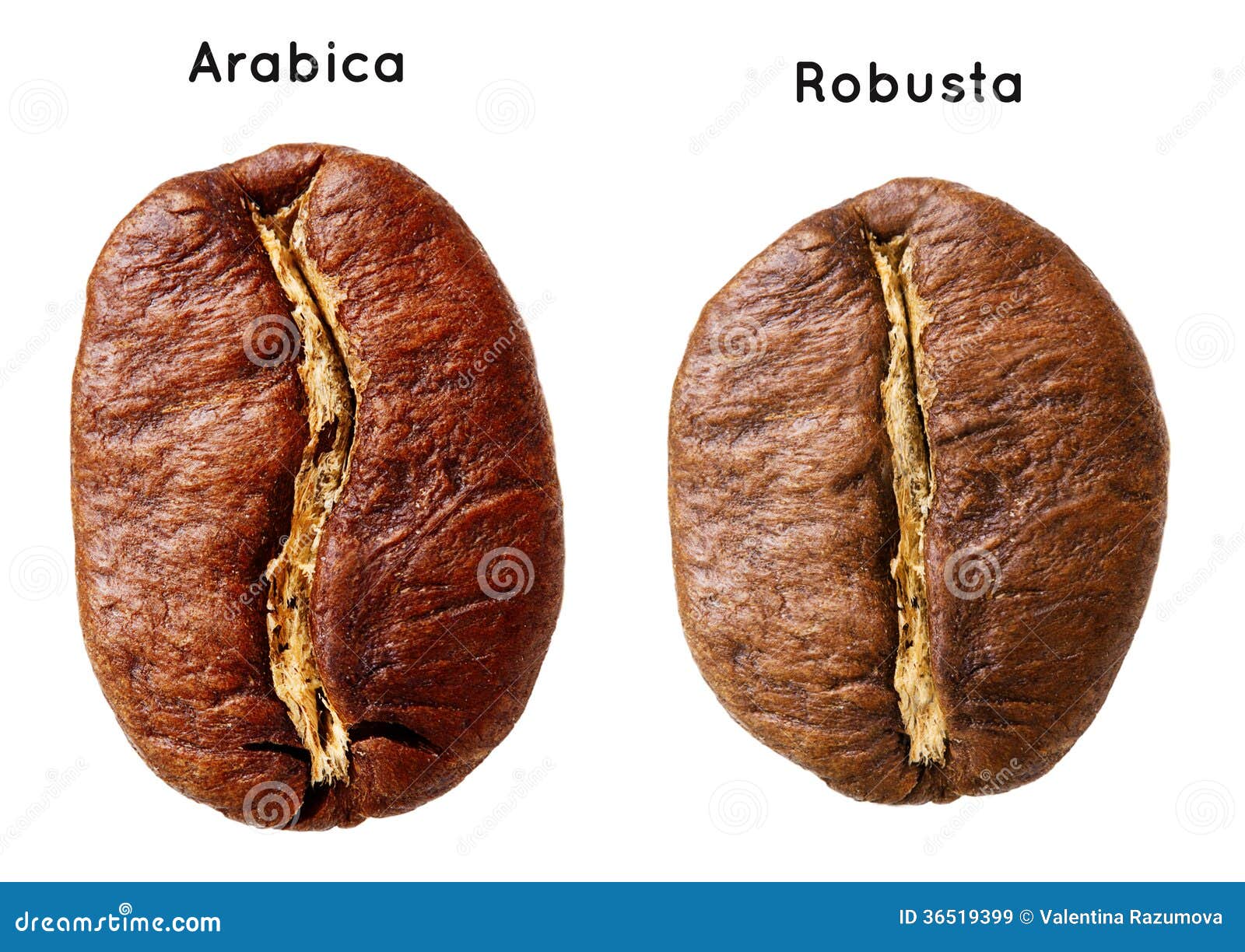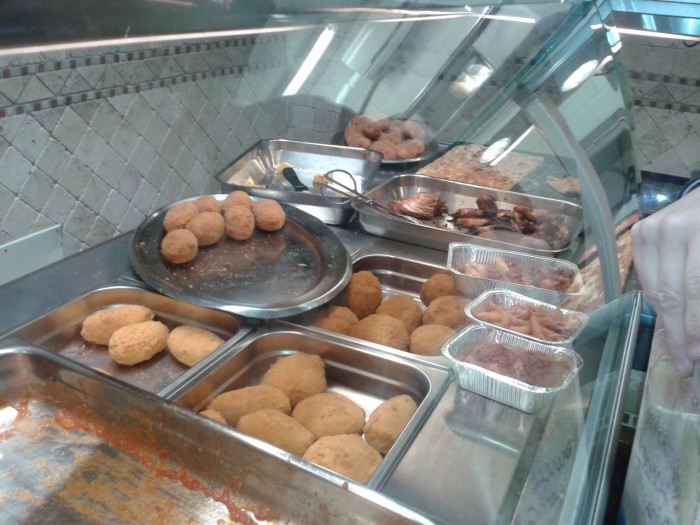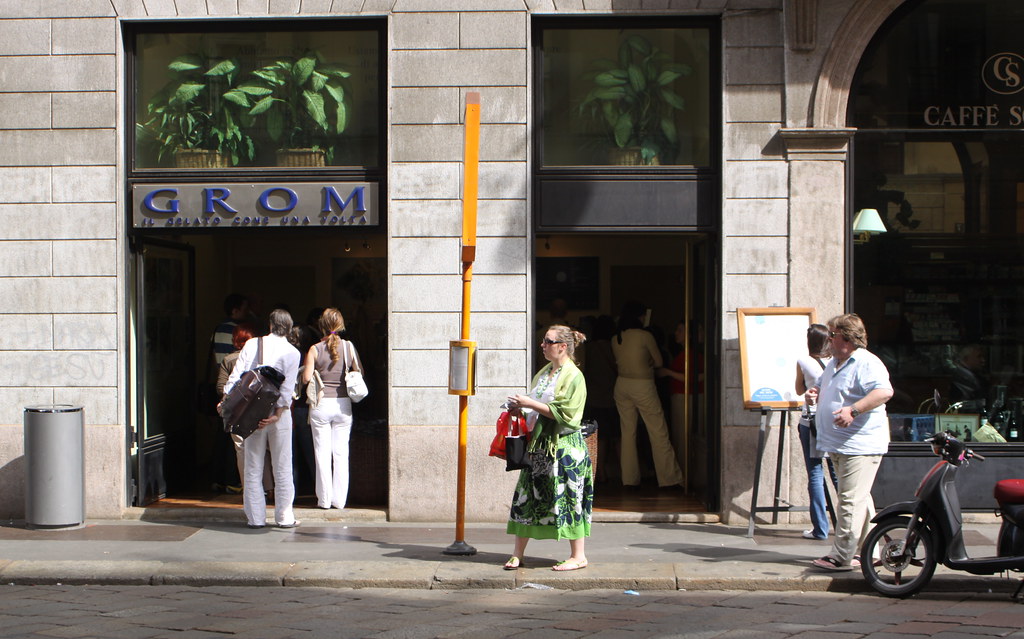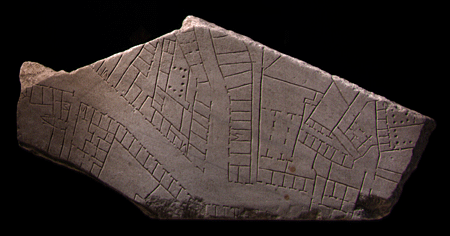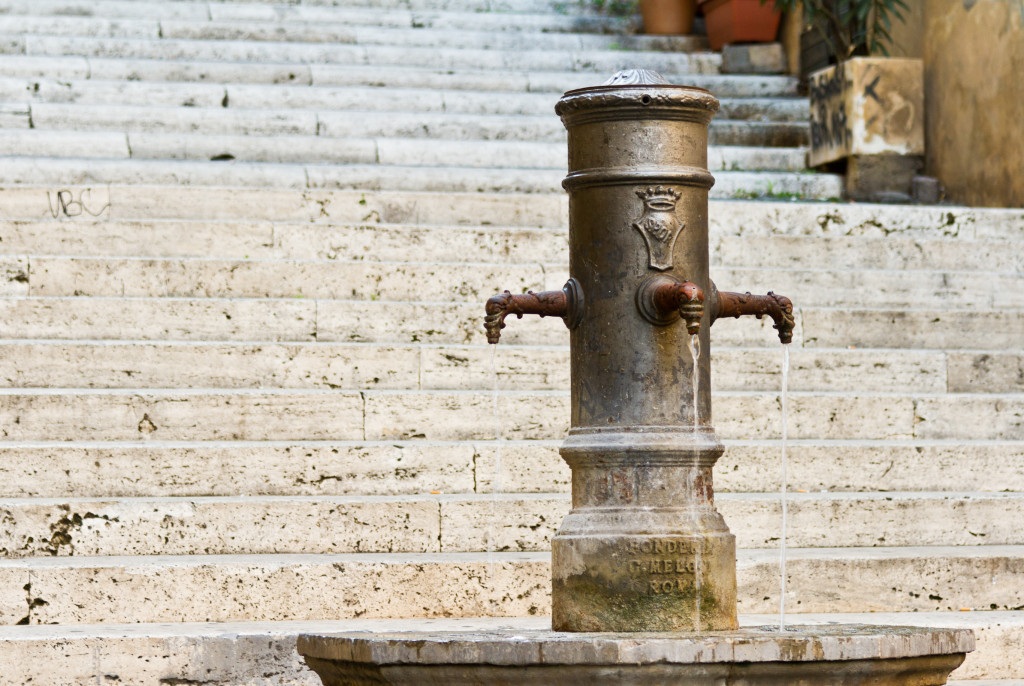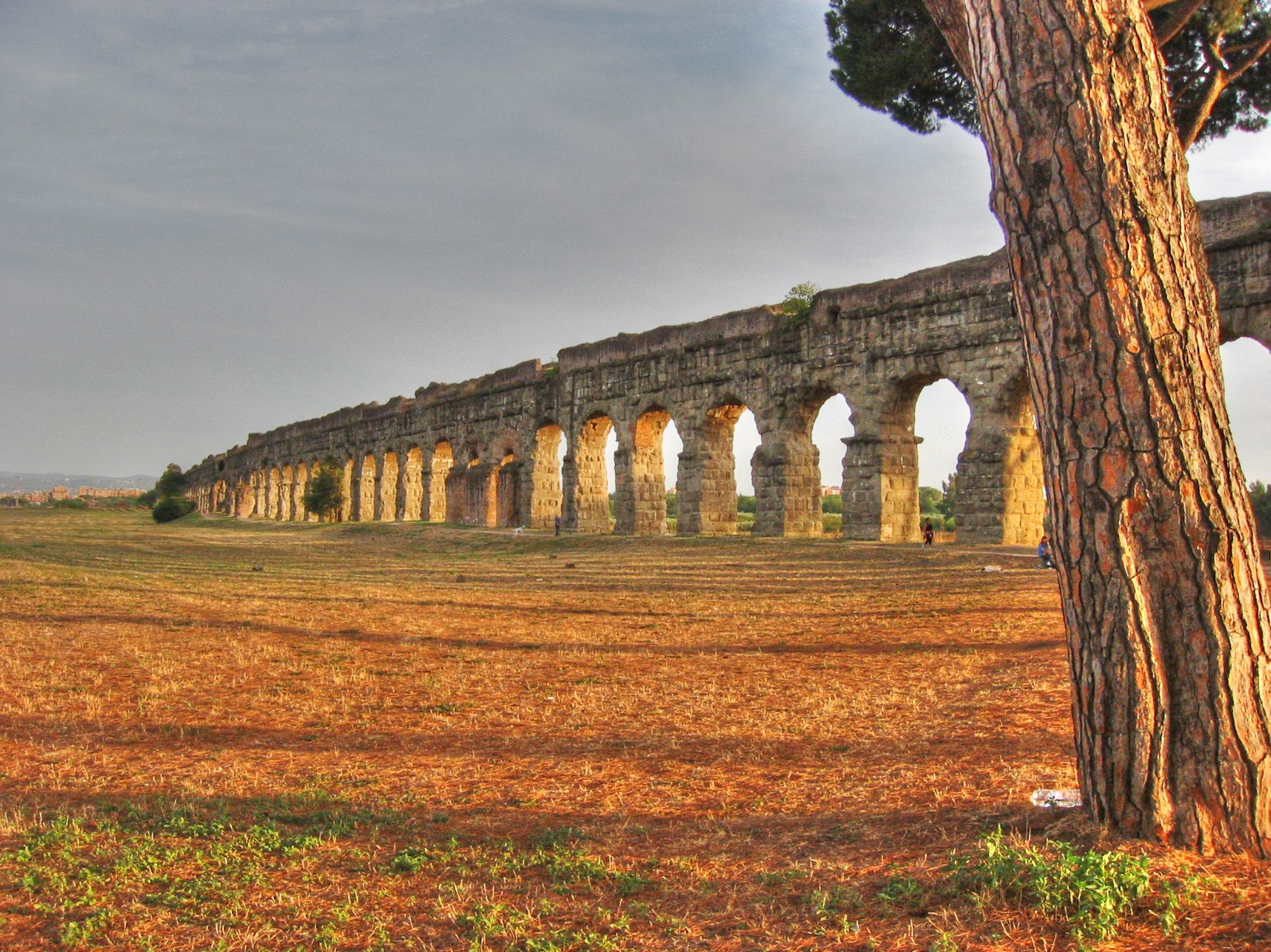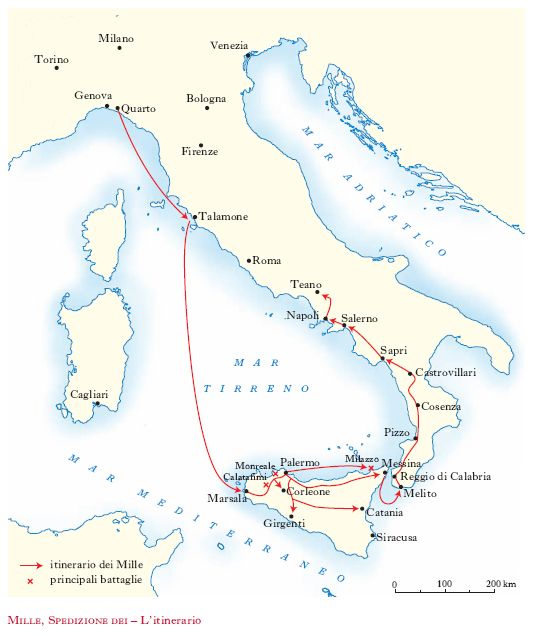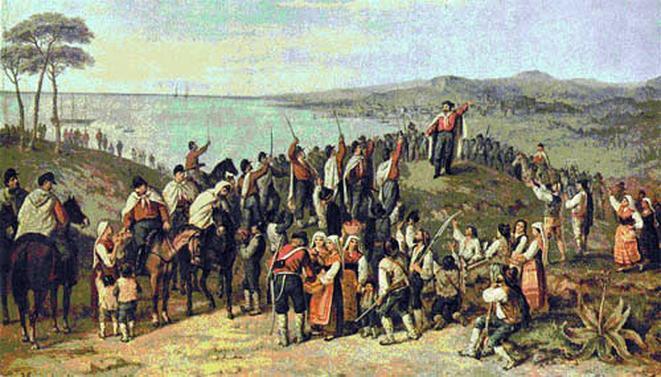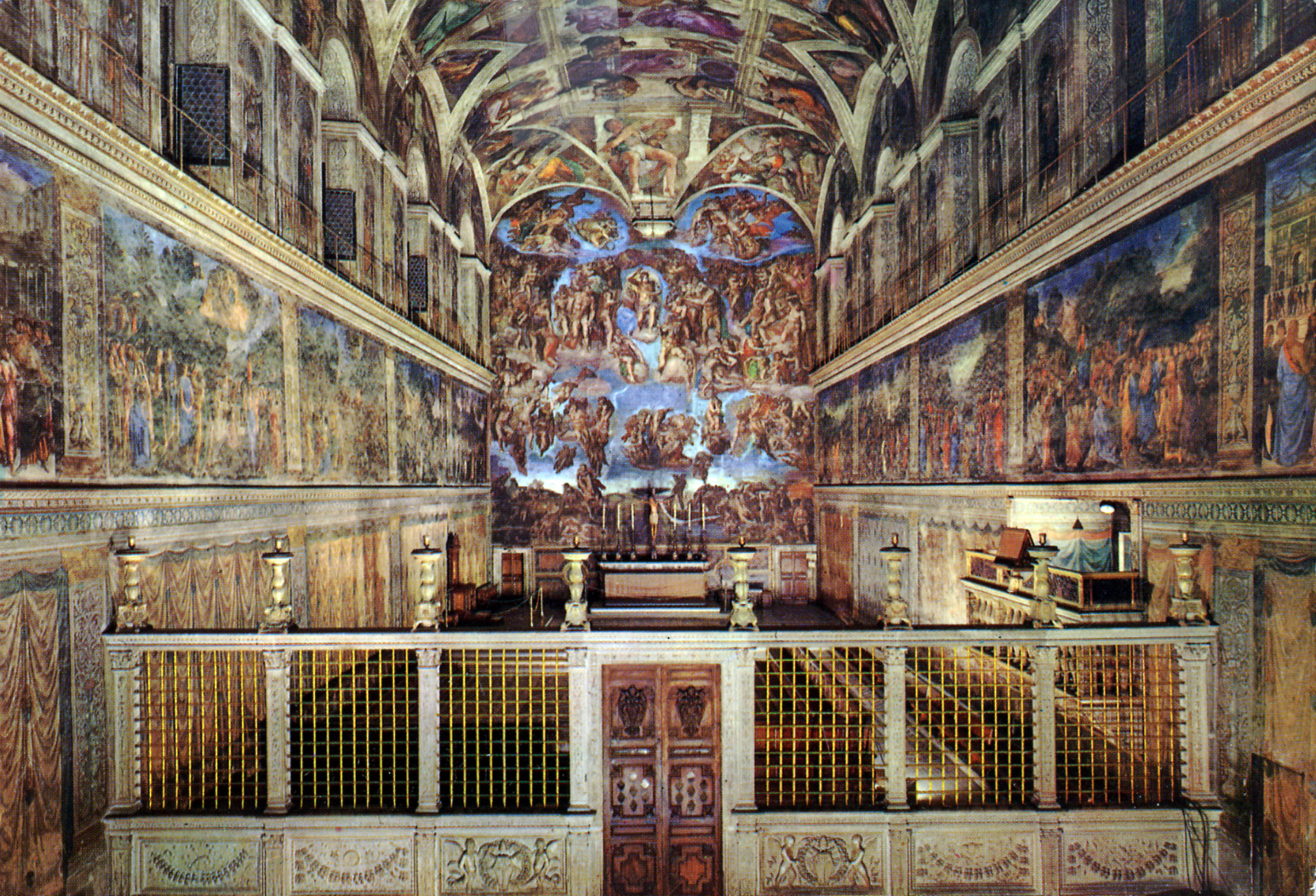When we see a nativity scene or a true representation of this in art, it is difficult not to connect it with the figure of Saint Francis.
In December of 1223 San Francesco was in Greccio, in Franciscan hermitage between Terni and Rieti. Seeing a cave, came up with an idea of representing the nativity scene of Jesus. Thus was born the first crib in history.
The Pope would have not let him to do it in a church like he had seen it in Bethlehem (at that time the representation of the sacred dramas were banned) only allowing him to celebrate Mass in a natural cave in Greccio, rather than in church. The liturgical celebration were lit by torches and inside the cave was placed a manger stuffed with straw, standing next to a donkey and an ox. Actually it was not a real crib, but rather a mass celebrated in a cave and not in a church.
The first nativity scene with figurines dates back to 1283 and it is the work of Arnolfo di Cambio. The sculptor made a nativity scene with eight marble statues.
But because Francis of Assisi had this idea?
There is no explanation given for sure. We can accept the hypothesis formulated by professor Franco Cardini. A great desire of st. Francis remained unfulfilled because he wasn't able to visit the places of Jesus in the Holy Land. The Saint went there after the fifth crusade, but because of the war and because he had no papal permission to visit the holy places, Francis returned to Italy in 1220 without being able to visit and pray in these places. St. Francis decided to bring the Nativity from Bethlehem for all those Christians who could have not travelled to the Holy Land.
The word presepe (crib in Italian) comes from the Latin word "praesaepe" and it is formed of the words prae (before) and saeps (hedge).
